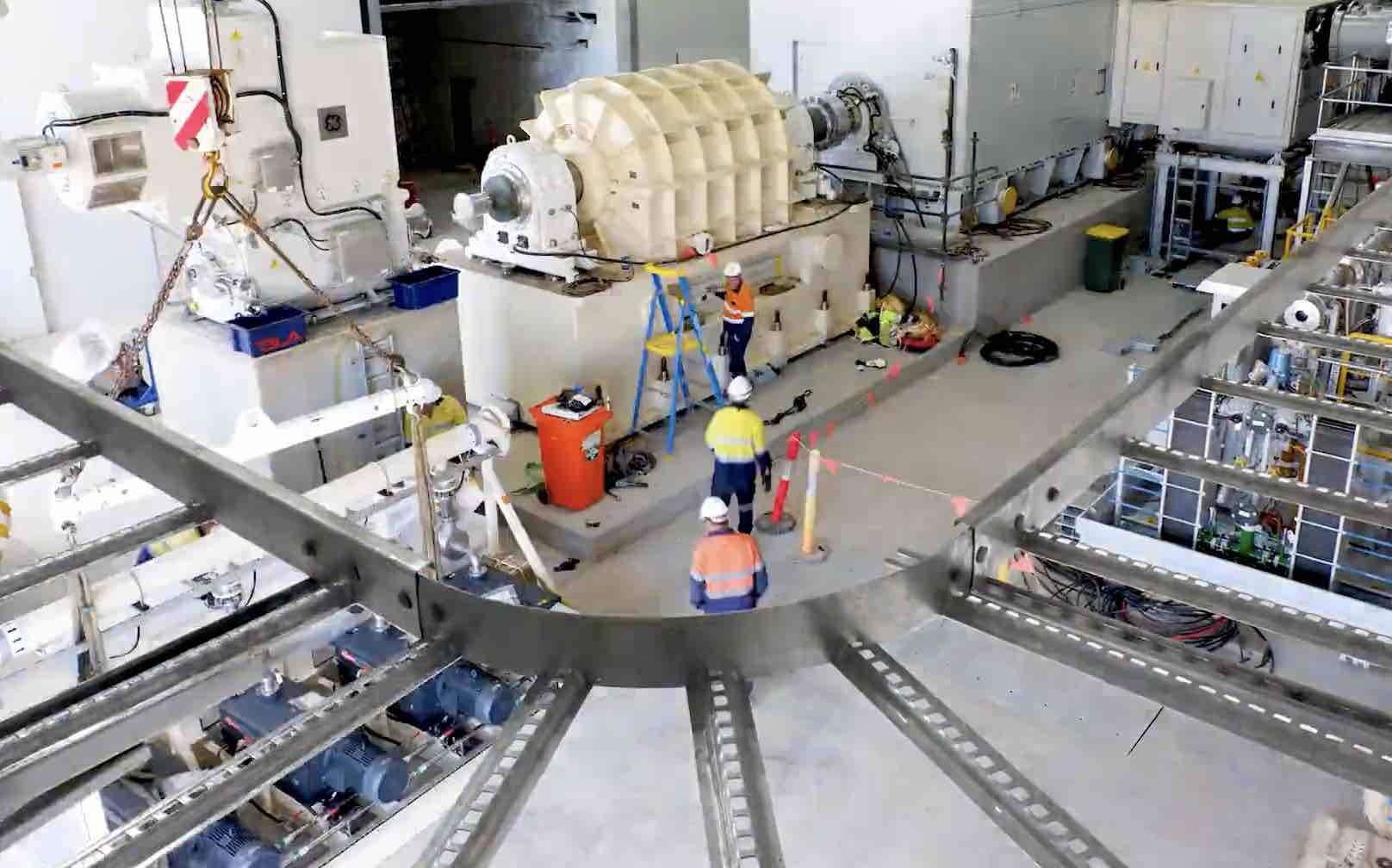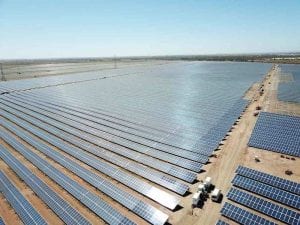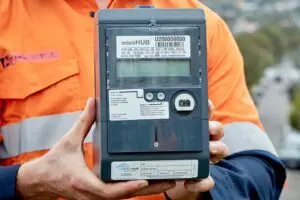The installation of four synchronous condensers in the South Australian grid has paid immediate dividends, dramatically reducing the number of market interventions, relaxing constraints on wind and solar output, and slashing the amount of gas generation.
The syncons are big spinning machines that can provide key system services such as “system strength” and inertia, and were built at a cost of around $180 million to reduce the need to have gas generators operating at times of high wind and solar output.
Those installations – two at Davenport and two at Robertstown – have delivered immediate dividends, slashing the number and cost of market interventions in their first full quarter of operators from around $37 million to just $7 million.
That means that the savings delivered to consumers in the first full quarter of operations are around $30 million, nearly one fifth of the $166 million that the regulator allowed ElectraNet to pass on to consumers.
ElectraNet had insisted that consumers would benefit over the long term, and that assumption now looks pretty solid.
The presence of the syncons also allows maximum wind and solar output to be effectively doubled to as high as 2,500MW (depending on conditions), and the number of gas units operating dialled down to just two, often providing a mere 80MW of combined output.

In the December quarter last year, before the syncons were installed, nearly 40 per cent of all gas generation occurred as a result of directions from the Australian Energy Market Operator.
In the latest quarter, less than 10 per cent of gas generation in South Australian came as a result of being told to switch on. Gas generators were also encouraged to operate more often because of a rise in average prices.
The co-ordinated installation of the South Australia syncons – a result of an early identification of potential system strength issues – contrasts with the chaos of the “do no harm” rules that caused ad-hoc and uncoordinated installations in NSW and Victoria in recent years.
The “do no harm” rules were ignominiously dumped when it became clear that they were causing more problems for grid management, rather than solving them.
Some have now been contracted by AEMO, although the details remain unclear.
In the meantime, and the market operators, regulators and rule-makers are still working on new rules to co-ordinate the provision of system strength as yet more coal and gas generators exit the grid, and as the share of wind and solar increases significantly.
There is also work from AEMO and funding from ARENA on how advanced battery inverters, also known as grid forming inverters, can provide the same services as syncons, as well as performing other functions such as storage, frequency control and network support.
See also: Graph of the Day: Australia’s main grid sets new wind and solar output record
And: It’s time we stopped kidding ourselves that coal is “cheap and reliable”










